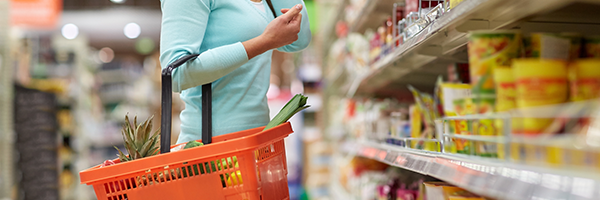Lags are one of the toughest things to get right in figuring out how the economy operates and where it’s headed.
For the last half of 2021 as the big Pandemic stimulus cash flows first fell and then dried up completely, economists have been looking for signs of a slowdown in consumer spending.
But the slowdown has been slow to arrive–thanks mostly to the fact that many consumers saved a large percentage of that stimulus cash. Now, finally, it looks like consumers are drawing down those savings balances and that the savings rate is headed back to something like its historical norm.
In April 2020 the nation’s personal savings rate jumped to 34%–Remember those $1,200 checks sent to each American? Well, a lot of people saved most of that cash–from its its more normal 7.3% in December 2019. In October 2021 the person savings rate was back to that 7.3% from December 2019. (The long-term average savings rate from 1959 to 2021 is 8.99%. The low personal savings rate was 2.2% in July 2005.)
Moody’s Analytics has looked at the “excess” savings among working and middle-class households and those economists have concluded that those “excess” balances would be exhausted as soon as early 2022. It’s only logical to think that if savings cushions are falling, consumer spending will head in the same downward direction. (“Excess” savings are the difference between what people saved during the Pandemic and was they would have normally (that is, on average) have been expected to save.)
As you might expect wealthy households showed the biggest increase in “excess” savings during the Pandemic and those households have the biggest cushion now. Low-income families (those earnings less than $30,296) saw the biggest percentage increase–about 70%– in their bank balances during the Pandemic, according to the JPMorgan Chase Institute. But because their beginning balance were so low, that added up to total cash balance of only about $1,000.
Doesn’t take long to run down a cash balance of that side especially with food, energy, and rent inflation running so hot.
One major unknown in looking at what will happen to spending by these families in 2022 is the effect of the temporary monthly tax credit payments of up to $300 per child under 6 that began in July.
That payment is one of the few stimulus programs still in effect.


